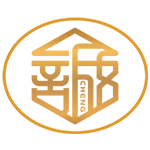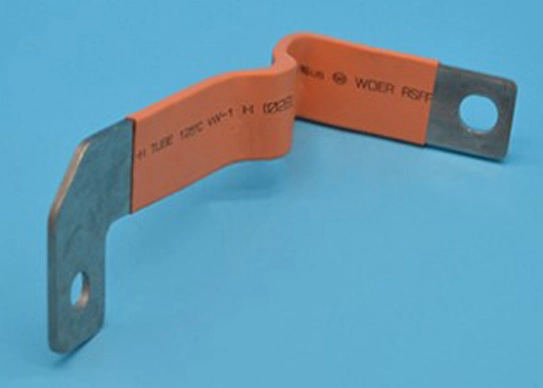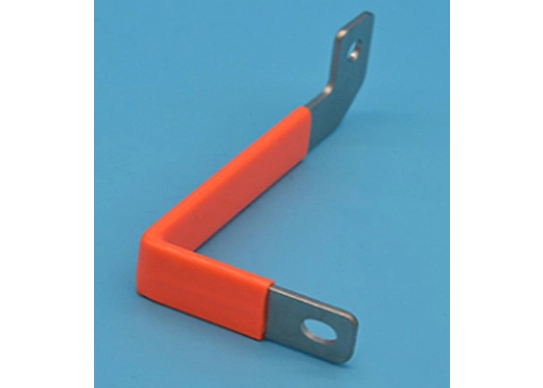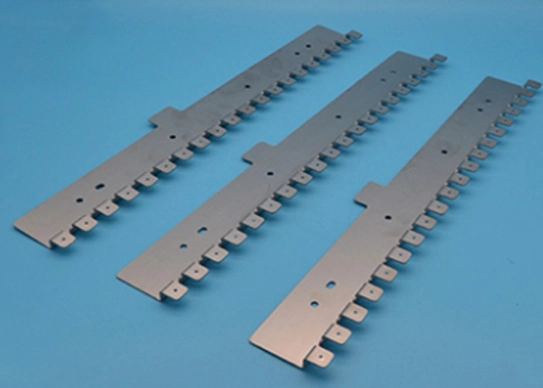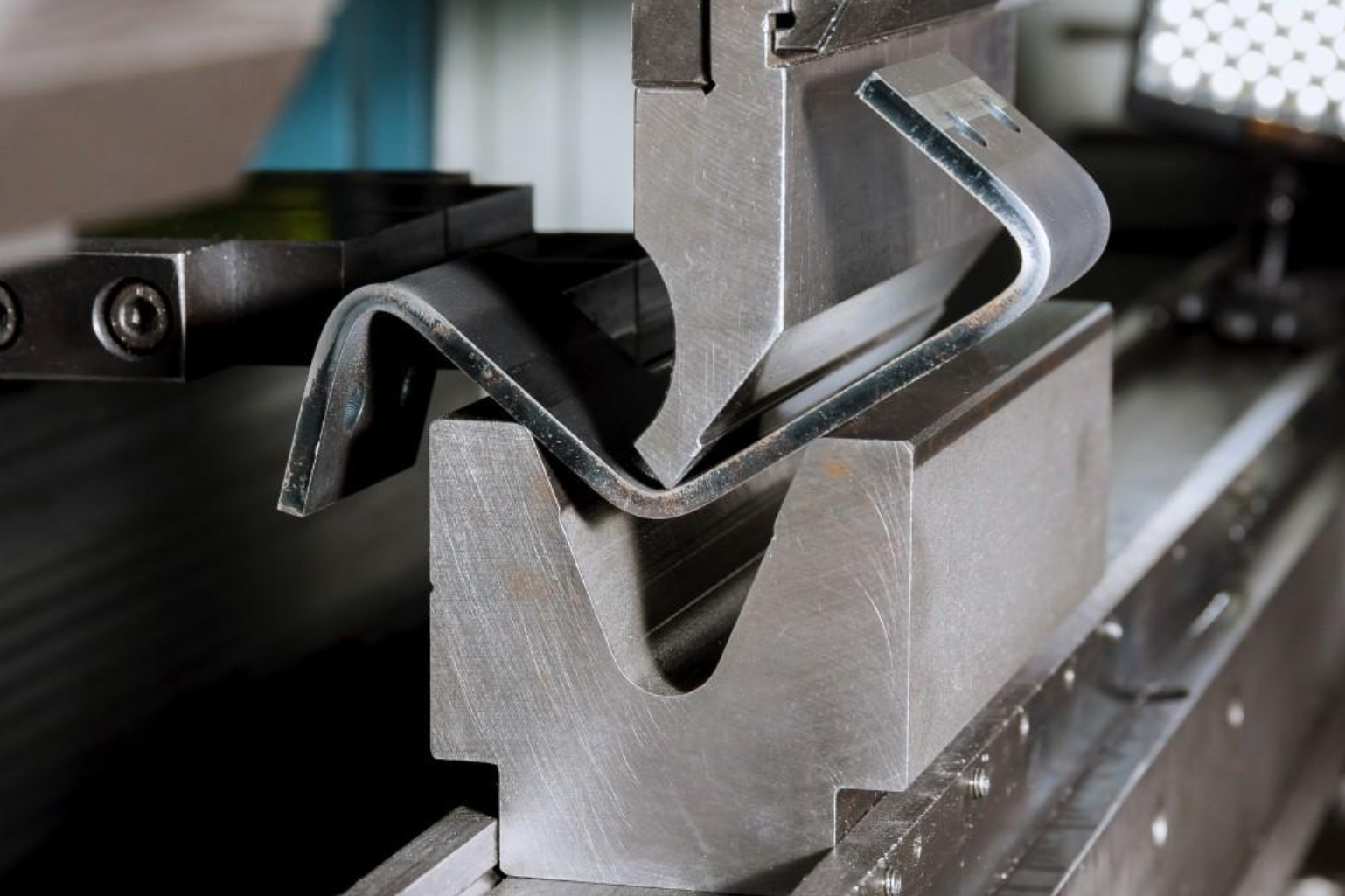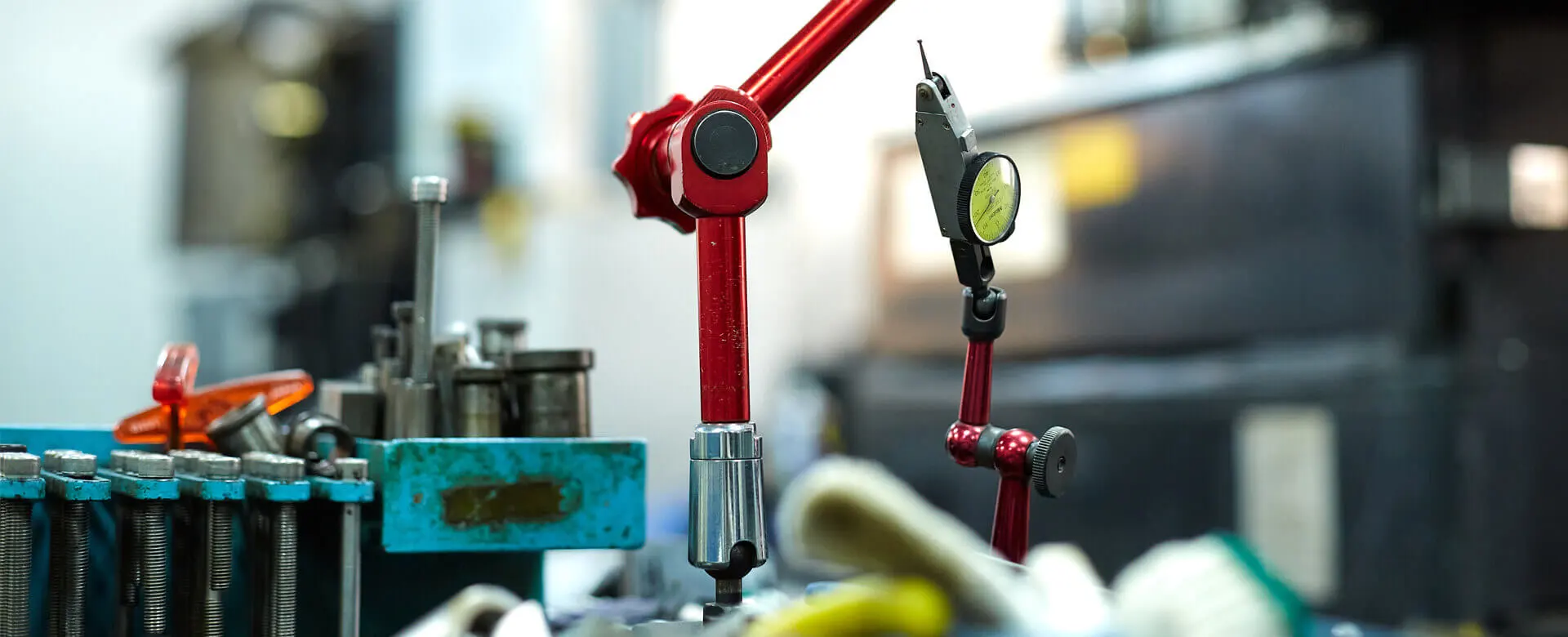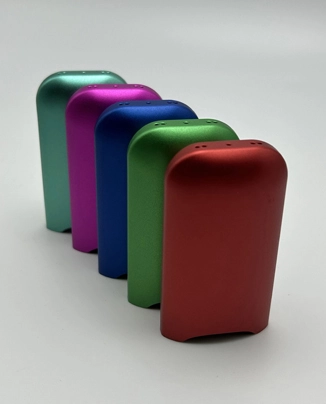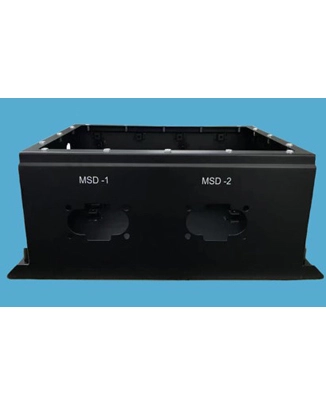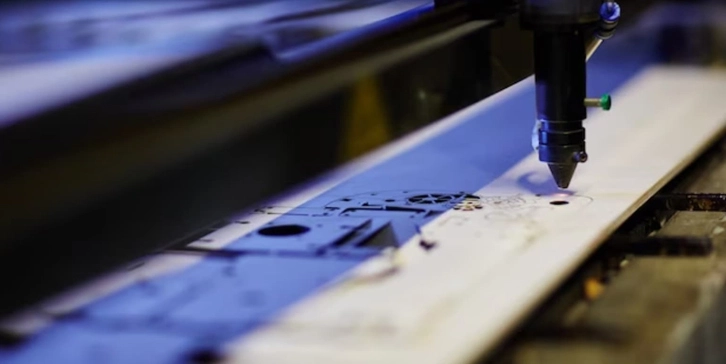V bending
V bending is a type of sheet metal bending where a V shape tool and die are used. The process is simple and fast. Metal sheet is placed on the die, and sheet metal bending machines apply force using its tool.
Tool and die shapes are exact machines with allowance for required thickness of metal sheets. This process of V bending is further divided into two main types. Air bending and bottoming.
Air bending is where the sheet bending tool does not fully bend the sheet up to the die bottom. There is always some space between the sheet and die bottom.
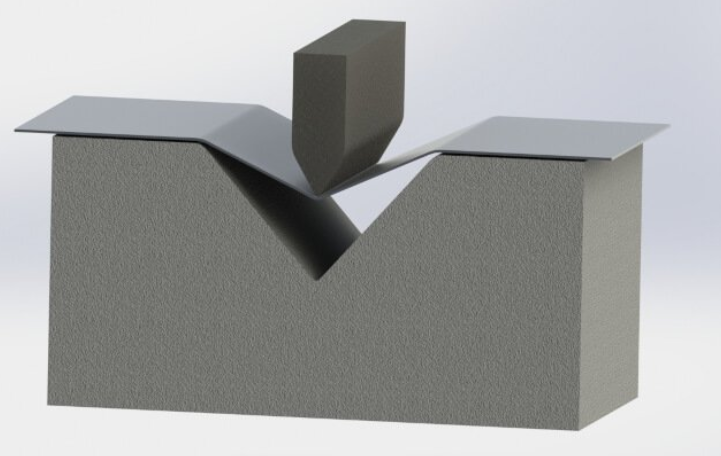
Bottoming is a process where a sheet metal bending machine forces the sheet up to the very bottom of its die. In this case the sheet touches the bottom of the die and takes the exact shape of the die cavity.
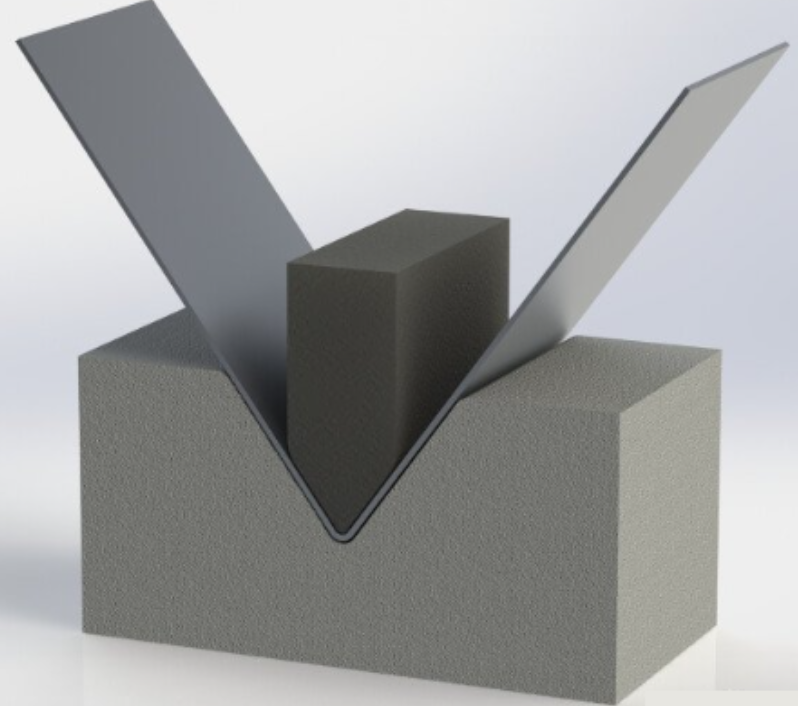
Roll bending
Roll bending is the second most used process of sheet metal bending. In this process a metal sheet can be bent or more precisely rolled into different shapes like rolls, tubes, cones and curved.
In this process sheet metal bending machines have three or more sheet metal bending tools called rollers. Machines roll these rollers that force the metal sheet to pass these rollers. These rollers also apply bending force on the sheet, forcing it to take the desired shape.
Wipe bending
Swipe bending is another common method of sheet metal bending where the bending process is mostly done on any of the end sections of the sheet.
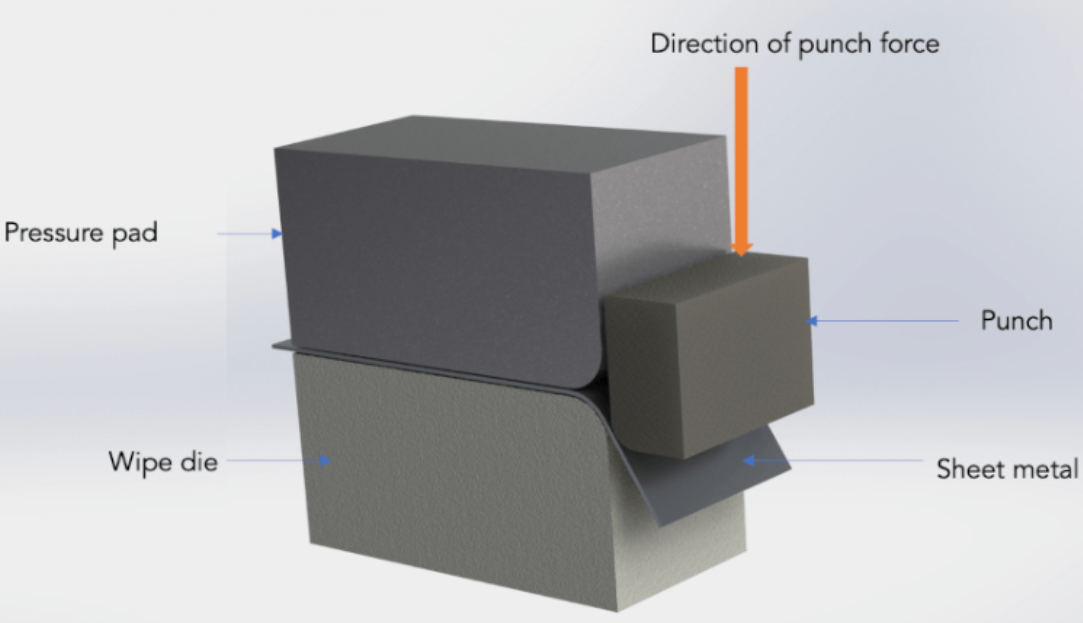
For this process metal sheet is gripped between dies where on the die has the shape on which the sheet will be bent. The sheet metal bending tool presses the sheet edge/end on the die, forcing it to take the sheet shape.

